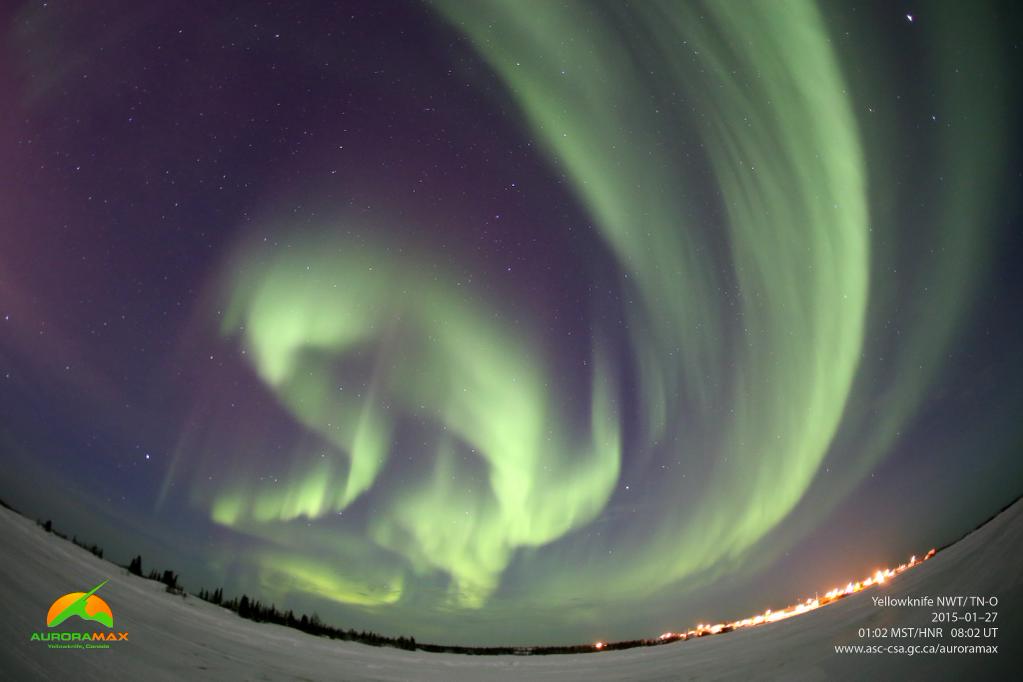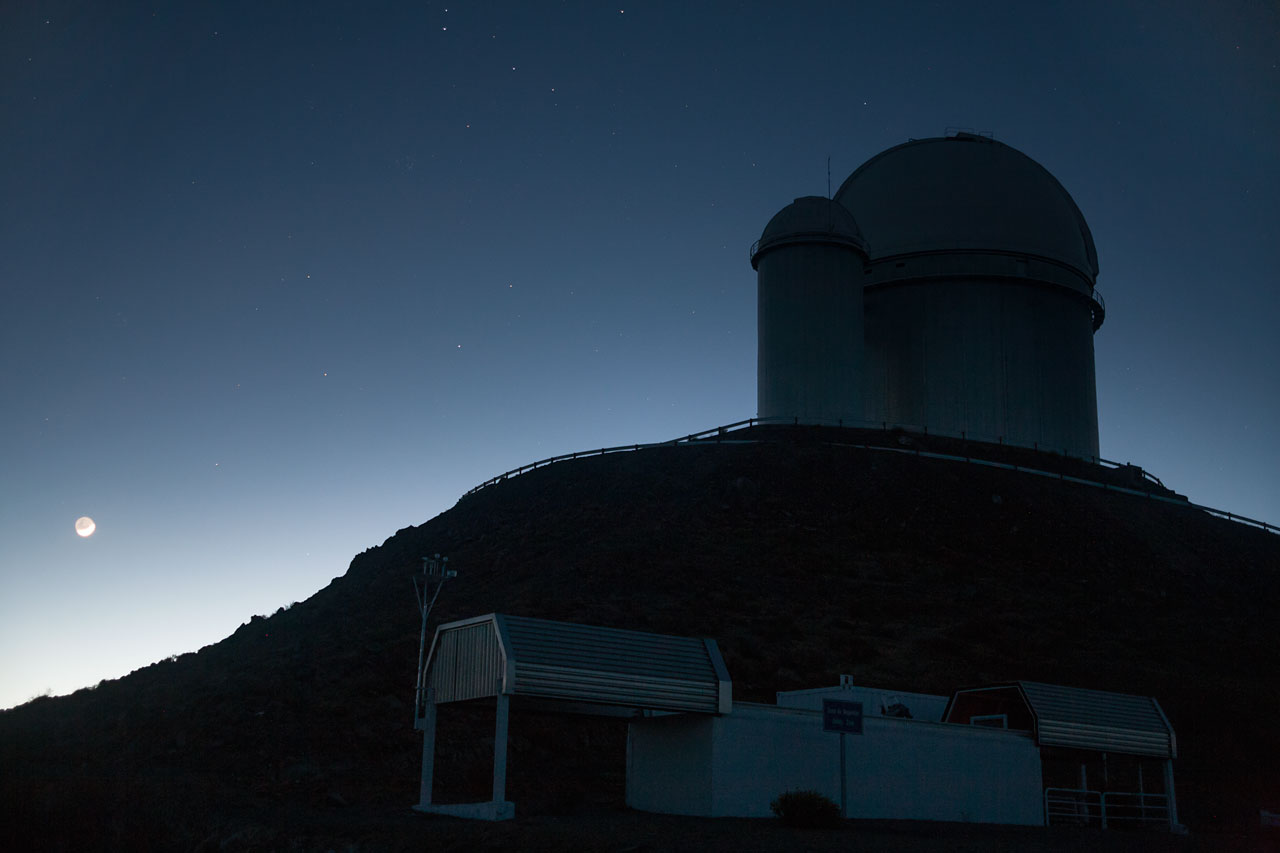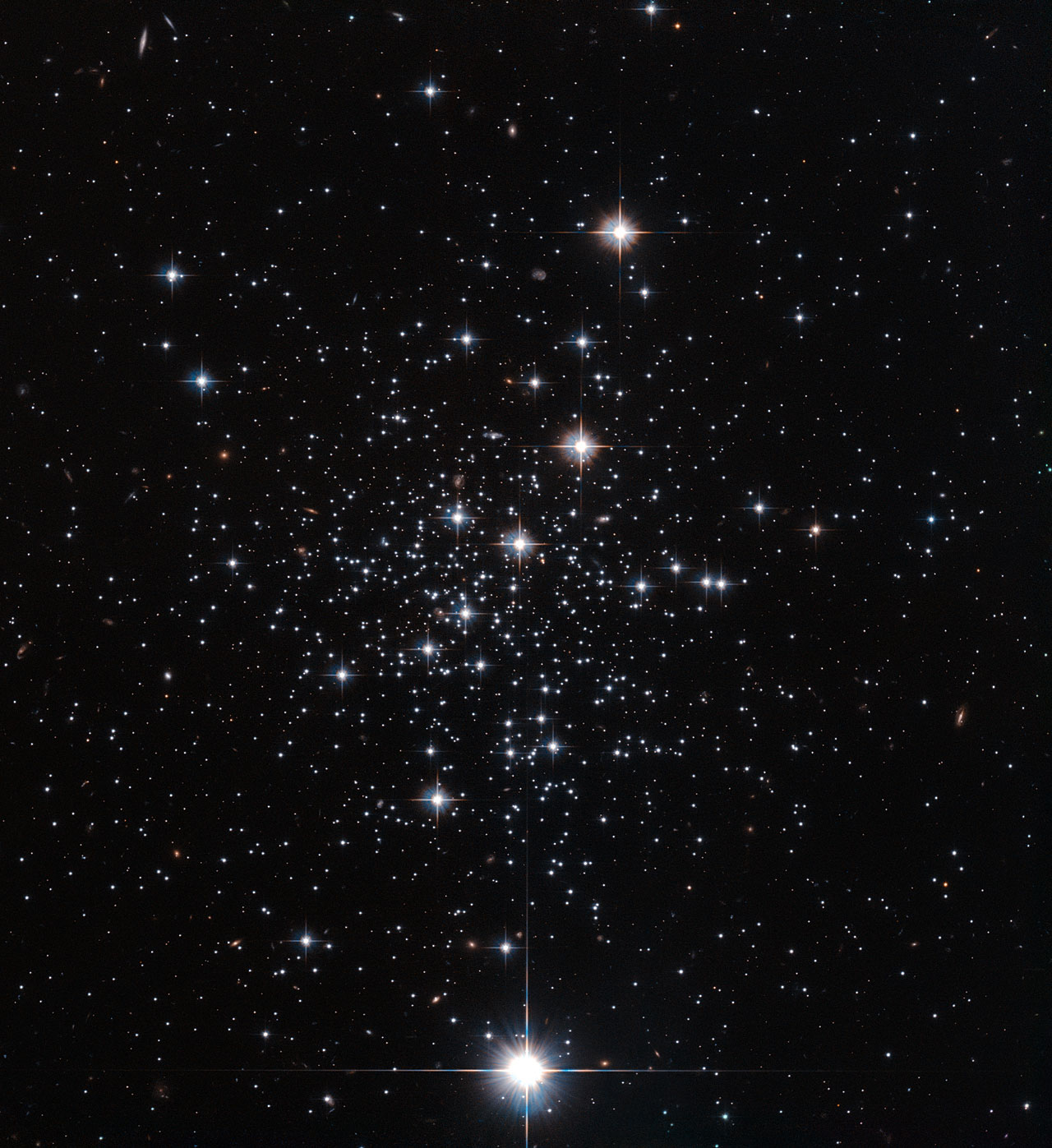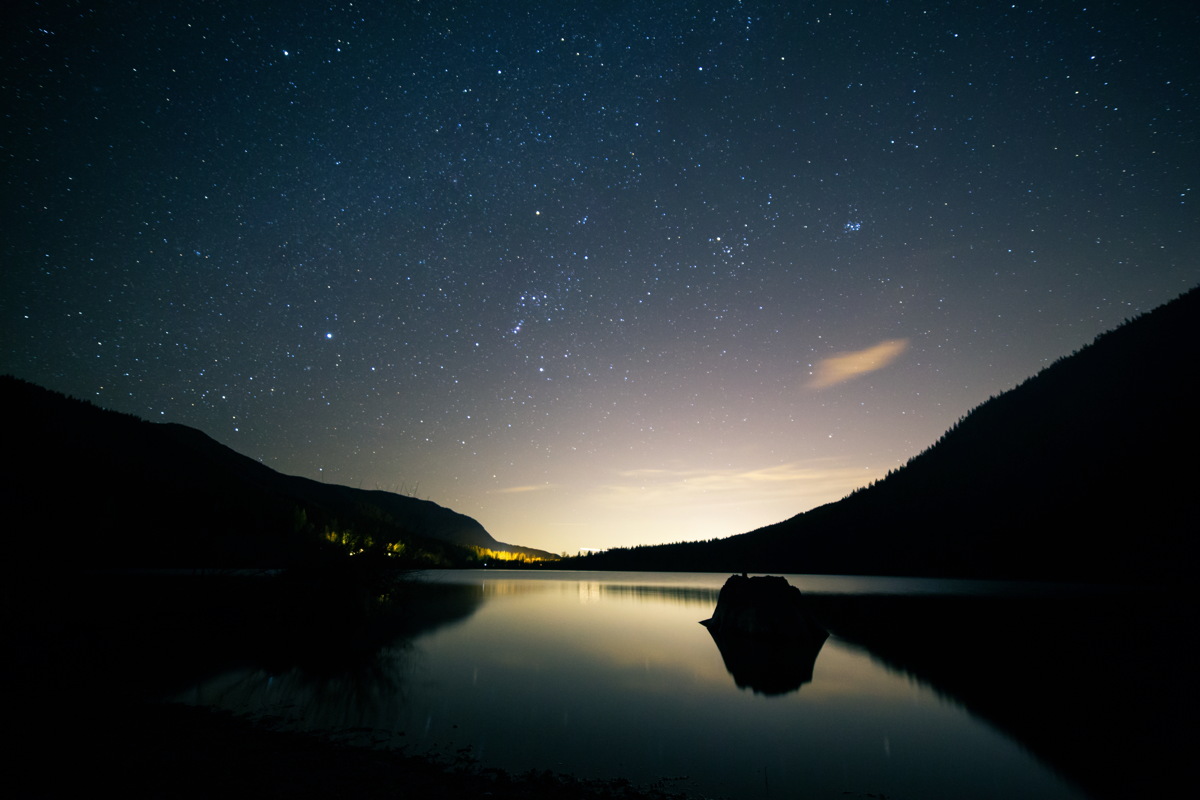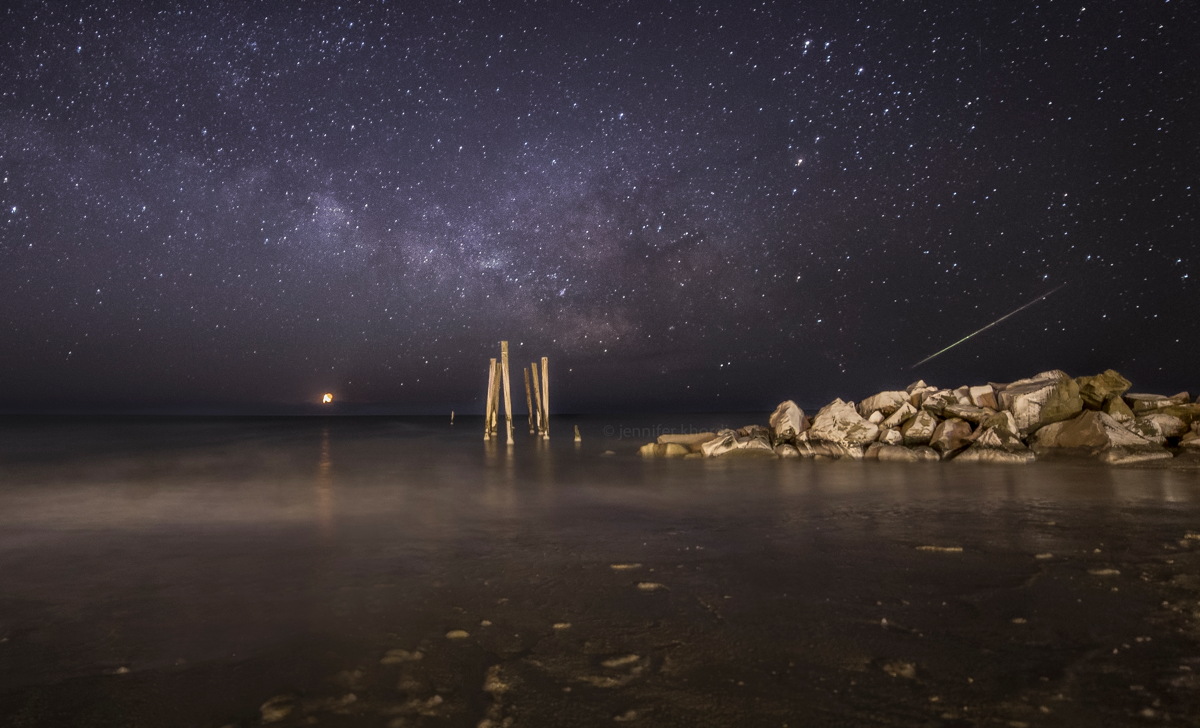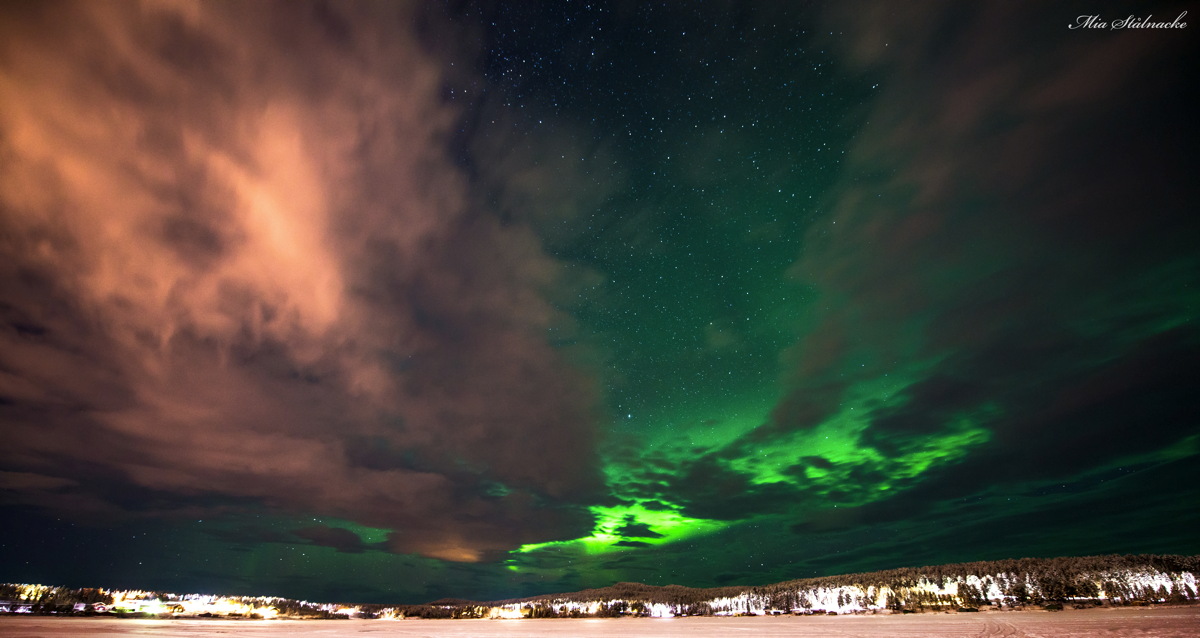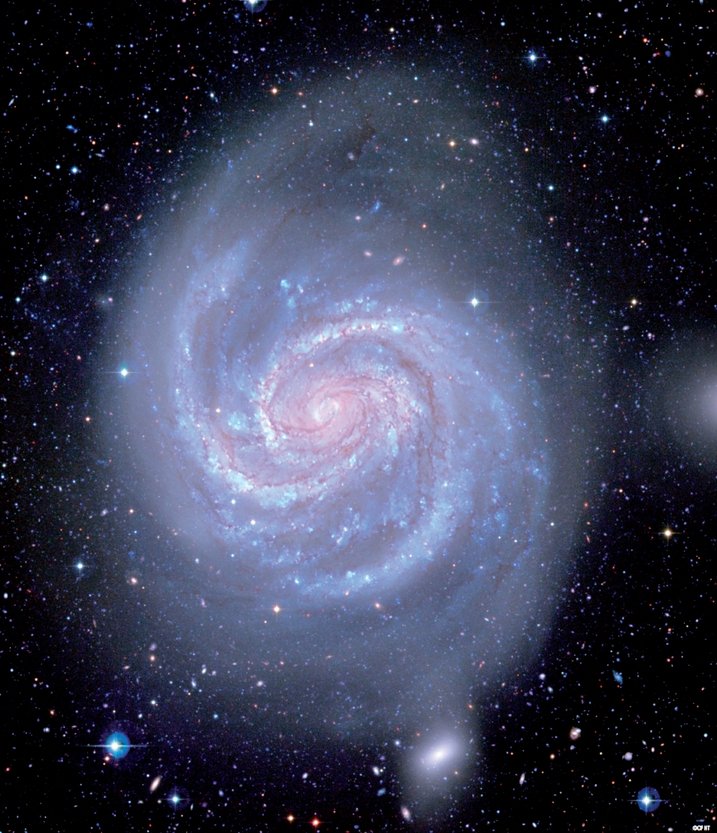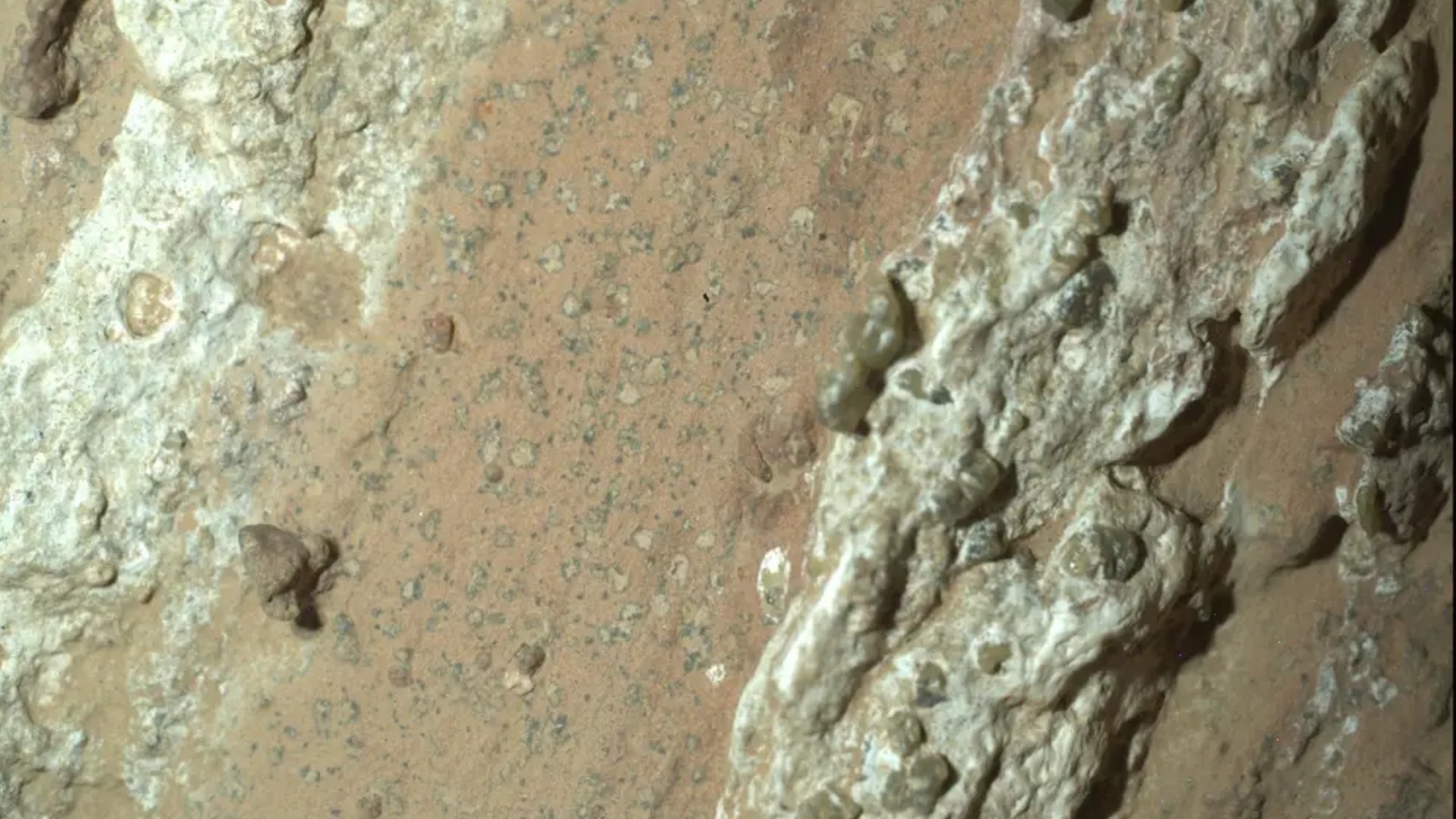Space Image of the Day Gallery (February 2015)
'Alaska Sleeping Under Aurora'
Monday, Feb. 16, 2015: On Feb. 12, 2015, astronaut Butch Wilmore tweeted this photo taken from the International Space Station, writing: "'#Alaska sleeping under #Aurora' #AstroButch."
— Tom Chao
I Wish to Melt into You, Aurora
Tuesday, Feb. 17, 2015: Canada's automated aurora camera tweeted this photo, writing: "AURORAMAX GALLERY • Latest photo of #aurora borealis above #Yellowknife NWT taken at 01:02 MST on Jan 27, 2015."
— Tom Chao
The Spirit of ‘76
Wednesday, Feb. 18, 2015: Dawn comes to the European Southern Observatory’s La Silla Observatory. The 3.6-meter telescope is at top right, while the moon floats at left. The telescope sits 7900 feet (2400 meters) above sea level and was inaugurated in 1976. It currently operates with the HARPS spectrograph, the most prolific exoplanet hunting instrument in the world. La Silla lies 373 miles (600 kilometers) north of Santiago at the edge of the Chilean Atacama Desert. The skies above the observatory provide over 300 clear nights a year for astronomical viewing. Image released Feb. 16, 2015.
— Tom Chao
Drag Me Away
Thursday, Feb. 19, 2015: The NASA/ESA Hubble Space Telescope imaged the Palomar 12 globular cluster of stars. It is around 30% younger than other globular clusters in the Milky Way, and research reveals that it originally resided in the Sagittarius Dwarf Elliptical galaxy, from which Palomar 12 was ripped about 1.7 billion years ago. Tidal interactions tore the globular cluster from its home galaxy, a dwarf galaxy that closely orbits us, and which the Milky Way is slowly consuming. Image released Feb. 16, 2015.
— Tom Chao
‘Chasing the Seven Sisters’
Friday, Feb. 20, 2015: Astrophotographer Matt Zietzke, based in western Washington state, sent in a photo of the night sky featuring Orion constellation and the Pleiades star cluster (the Seven Sisters). He writes on the 500px website: “Capturing Orion the Hunter in his eternal chase of the seven Pleiades sisters.” Image taken Feb. 15, 2015.
— Tom Chao
They Say Ocean City's the Place to Be
Monday, Feb. 23, 2015: Astrophotographer Jennifer Khordi sent in a photo of the night sky seen from the beach in Ocean City, New Jersey. She writes in a email message to Space.com: "I was photographing the rising Milky Way [on Feb. 16, 2015], which was the first time the Milky Way rose before the moon and pre-dawn twilight this Milky Way viewing season. A large, bright green meteor lit up the sky traveling very fast towards the horizon while I was taking this image. The bright object over the ocean was the crescent moon."
— Tom Chao
Flippin’ Burger
Tuesday, Feb. 24, 2015: NASA astronaut Terry Virts tweeted a photo of his "space cheeseburger" apparently floating in microgravity in the International Space Station on Feb. 19, 2015. He wrote: “#SpaceCheeseburger. Beef patties, Russian mustard, tomato paste, cheese paste, and tortilla. VERY TASTY!” An accompanying photo showed Virts taking a bite out of his improvised culinary masterpiece.
— Tom Chao
Breaking space news, the latest updates on rocket launches, skywatching events and more!
'Ominous Aurora'
Wednesday, Feb. 25, 2015: Astrophotographer Mia Stålnacke contributed an undated photo of an auroral display over Kiruna, Sweden. She titled it "Ominous Aurora."
— Tom Chao
Dance on a Volcano
Thursday, Feb. 26, 2015: The Licancabur volcano (left of center) stands high on the Chajnantor Plateau near to the site of the Atacama Large Millimeter/submillimeter Array (ALMA) telescope, beneath a star-filled sky. The volcano streches 19,400 feet (5,920 meters) into the sky, and is split between the countries of Chile and Bolivia. The white area in the foreground consists of tall, thin blades of hardened snow and ice, known as penitentes. Light from the town of San Pedro de Atacama glows at the left. Image released Feb. 23, 2015.
— Tom Chao
Big Wheel Keep on Turnin'
Friday, Feb. 27, 2015: Large spiral galaxy Messier 100 appears face-on to viewers on Earth. The spiral arms make wavelike patterns in the rotating disk of stars, gas and dust. Lines of luminous young blue stars trace out the star-formation regions in these arms. At lower right in the image, a small satellite galaxy interacts with the disk. Image released February 2015.
— Tom Chao

